PCB design is a complex and intricate process that requires careful planning and execution. A single mistake can have serious consequences for the final product, potentially leading to costly errors, delays, or even product failure. In this blog post, we will discuss the top 5 PCB design mistakes that you should avoid to ensure a successful PCB design, along with tips and techniques for how to avoid them.
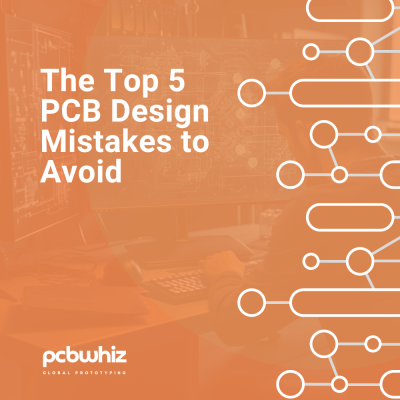
1. Not Considering Design for Manufacturing (DFM)
Design for Manufacturing (DFM) is an essential consideration in PCB design. It refers to the process of designing a product with the ease of manufacturing in mind, to ensure that the design is manufacturable and optimized for efficient production. Not considering DFM during the design process can result in a design that is difficult or even impossible to manufacture.
To avoid this mistake, you should work closely with your manufacturer from the beginning of the design process to ensure that your design is optimized for manufacturability. This involves considering factors such as the manufacturing process, materials, and equipment used, as well as ensuring that your design meets the manufacturer's specifications for things like trace widths, drill sizes, and minimum clearances. You should also consider issues such as panelization, assembly, and testing, and make sure that your design is optimized for efficient production.
One of the most effective ways to optimize for DFM is to use a PCB design software that includes DFM analysis tools. These tools can help you identify potential issues in your design that may impact manufacturability and suggest ways to optimize the design for better manufacturability.
2. Ignoring the Importance of Ground and Power Planes
Ground and power planes are critical components of a PCB design. They provide a low-impedance return path for signals, reduce noise, and help to ensure signal integrity. Ignoring their importance can lead to signal integrity issues, electromagnetic interference (EMI), and even signal loss.
To avoid this mistake, you should pay close attention to the placement and routing of your ground and power planes. Make sure that your ground plane is contiguous and connected to a low-impedance return path. You should also ensure that your power planes are well-distributed throughout the PCB, with adequate decoupling capacitors to reduce noise.
When designing high-speed PCBs, it's important to pay special attention to the placement and routing of your ground and power planes to avoid issues such as crosstalk and EMI. You should also use simulation tools to analyze signal integrity and identify potential issues before the PCB is fabricated.
3. Not Providing Adequate Clearances
Clearances are the spaces between components and other copper features on the PCB. Not providing adequate clearances can lead to short circuits or other electrical issues. This mistake is particularly common among novice PCB designers who may not fully understand the importance of clearances in PCB design.
To avoid this mistake, you should check the manufacturer's specifications for minimum clearances and provide adequate spacing between components. You should also consider issues such as thermal expansion and the potential for component movement during assembly, and provide extra clearance where necessary.
In addition to physical clearances, it's also important to consider clearances in the electrical sense. You should make sure that there is sufficient clearance between high-voltage and low-voltage components, and that your design meets any regulatory requirements for clearance distances.
4. Not Considering Thermal Management
Thermal management is another important consideration in PCB design. Failure to consider thermal management can lead to heat buildup and ultimately to PCB failure. This mistake is particularly common in high-power applications or in designs with components that generate a lot of heat.
To avoid this mistake, you should incorporate thermal management techniques such as thermal vias, heat sinks, and copper planes in your design. Thermal vias are small holes that allow heat to escape from the PCB, while heat sinks are devices that absorb and dissipate heat away from the PCB. Copper planes can also be used to distribute heat throughout the PCB and prevent localized hot spots.
In addition to incorporating thermal management techniques into your design, it's also important to consider the operating environment of the PCB. For example, if the PCB will be operating in a high-temperature environment, you may need to use components with a higher temperature rating or incorporate additional thermal management techniques to prevent overheating.
5. Not Conducting Proper Testing and Validation
The final mistake to avoid in PCB design is not conducting proper testing and validation. Testing and validation are essential steps in the PCB design process to ensure that the design meets the required specifications and performs as expected. Failure to conduct proper testing and validation can lead to product failure or other issues down the line.
To avoid this mistake, you should conduct comprehensive testing and validation throughout the design process, from initial schematic design to final PCB layout. This can include simulations, prototyping, and testing using specialized equipment. You should also work closely with your manufacturer to ensure that your design meets their testing and validation requirements, and that any issues are identified and addressed before the PCB is fabricated.
Final Thoughts
PCB design is a complex and challenging process that requires careful planning and execution to ensure a successful outcome. By avoiding these top 5 PCB design mistakes and incorporating best practices into your design process, you can increase the likelihood of a successful design and a high-quality, reliable product. Remember to always consider DFM, pay attention to ground and power planes, provide adequate clearances, consider thermal management, and conduct proper testing and validation throughout the design process. With these tips and techniques in mind, you can create a PCB design that meets your specifications and performs as expected.
Keep Reading...
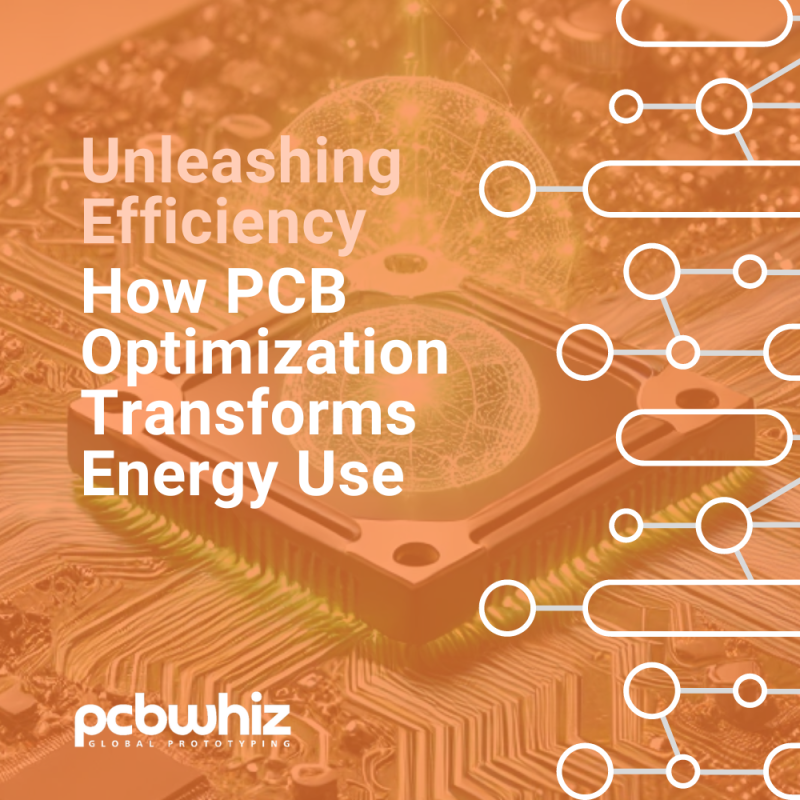
Unleashing Efficiency: How PCB Optimization Transforms Energy Use
In einer Welt, in der Energieeinsparung und Nachhaltigkeit von größter
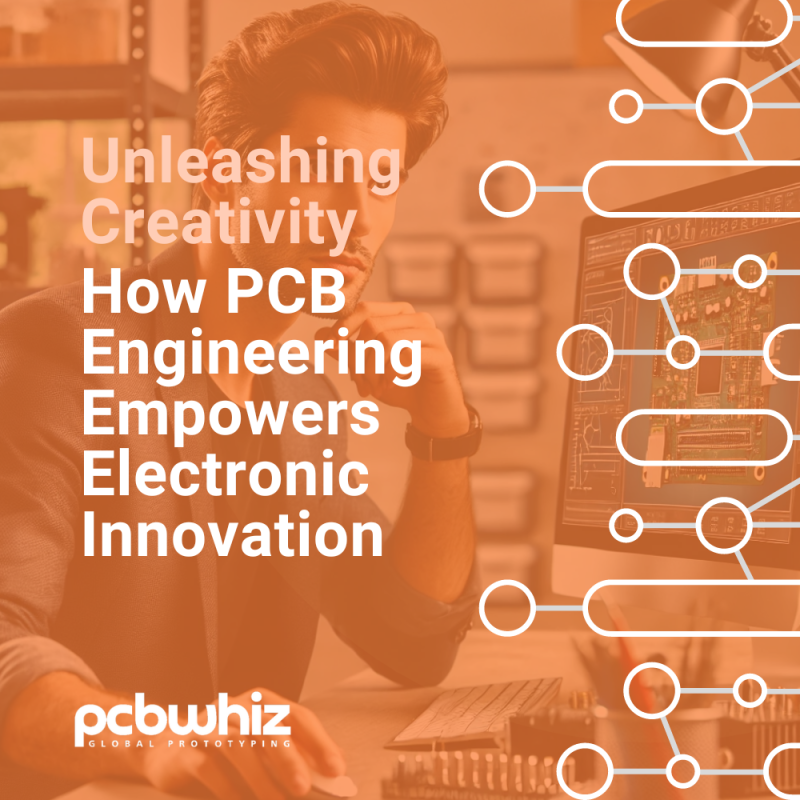
Unleashing Creativity: How PCB Engineering Empowers Electronic Innovation
Kreativität treibt Innovationen an, und in der Welt der Elektronik
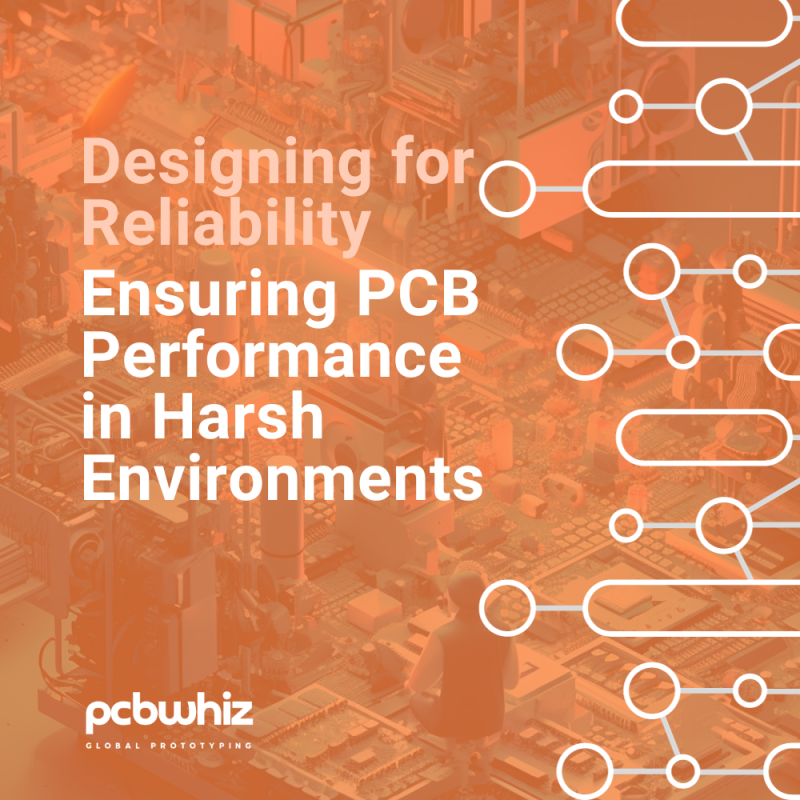
Designing for Reliability - Ensuring PCB Performance in Harsh Environments
In der schnelllebigen und technologisch fortschrittlichen Welt von heute sind

